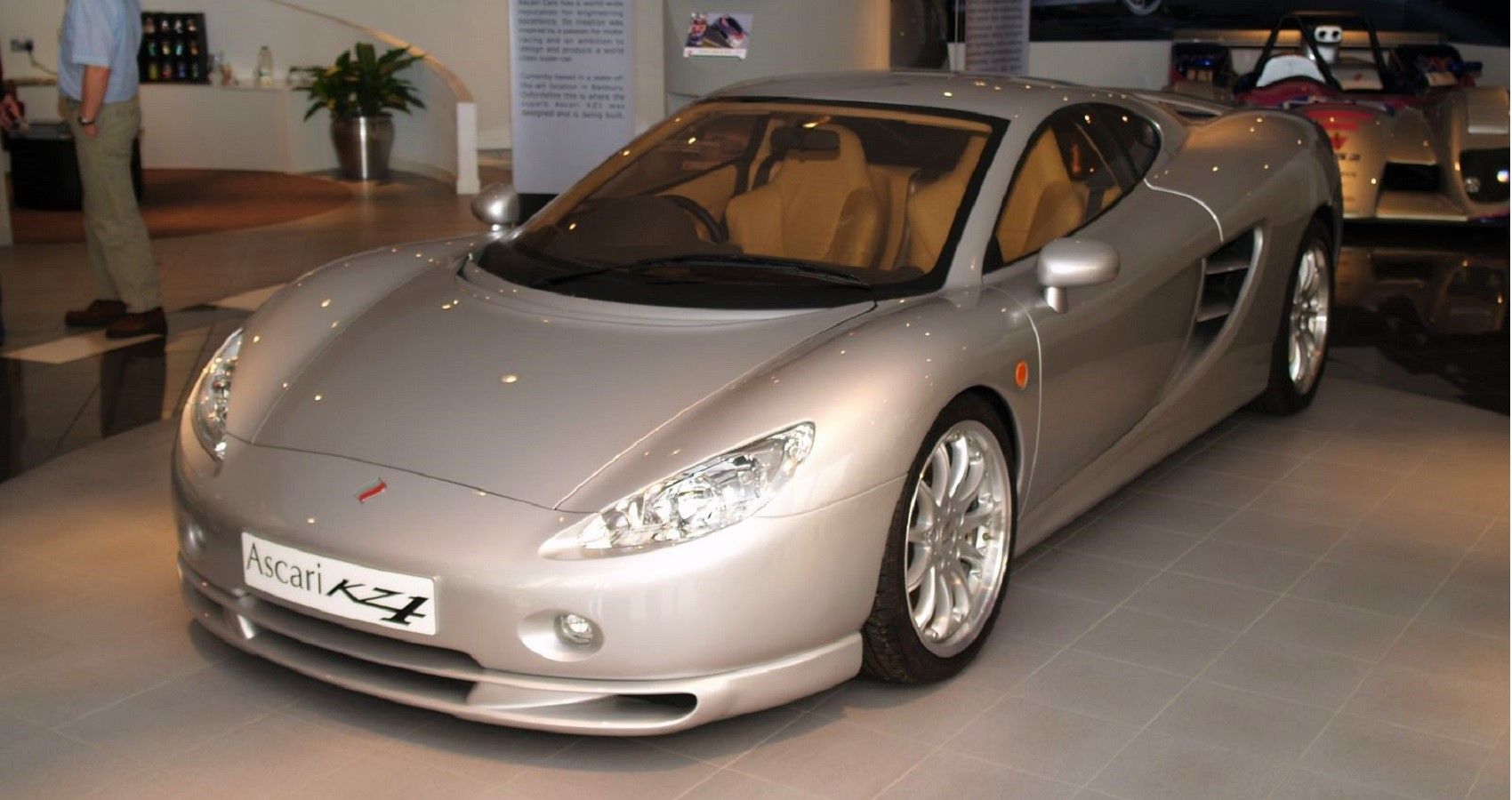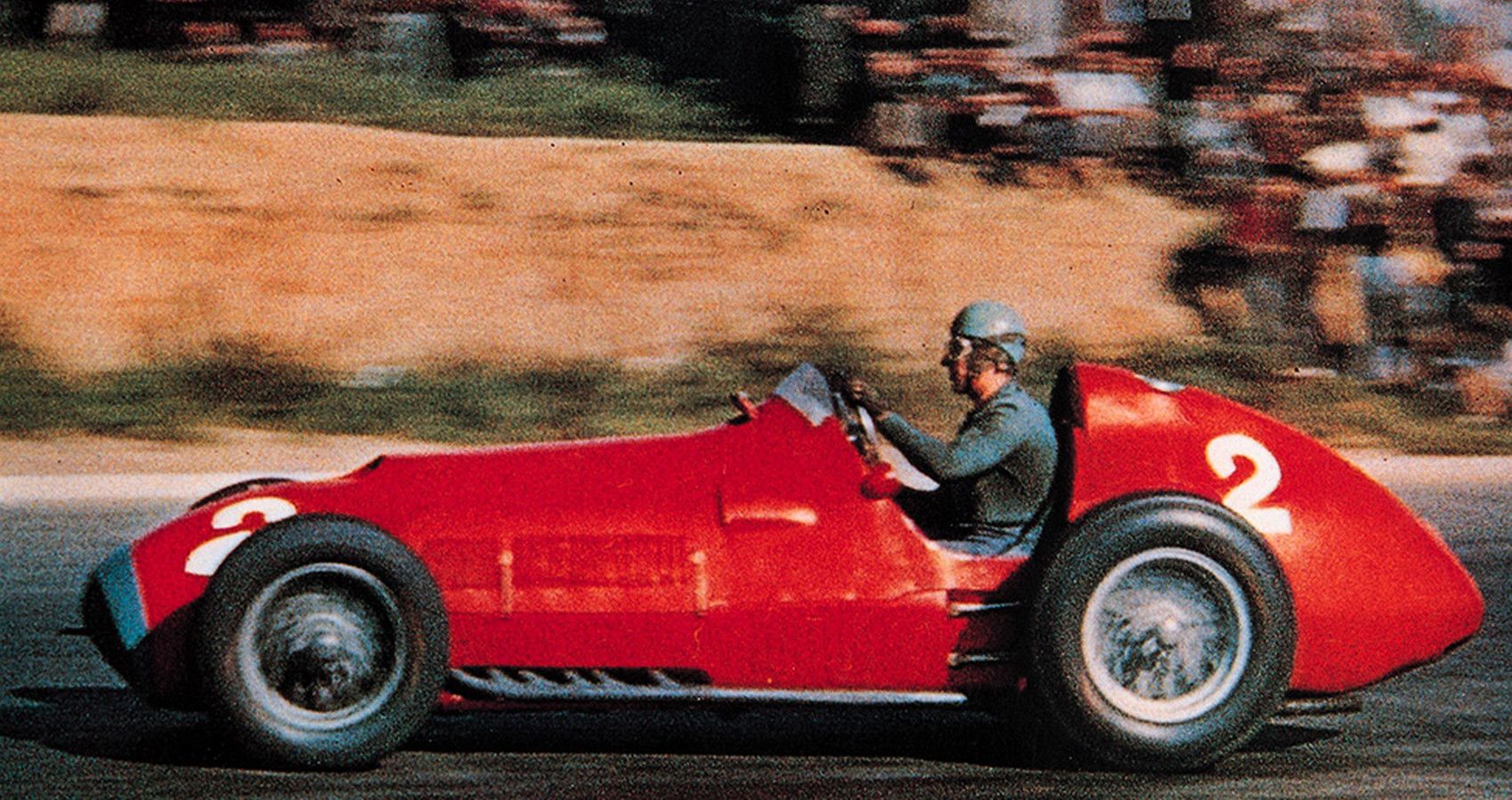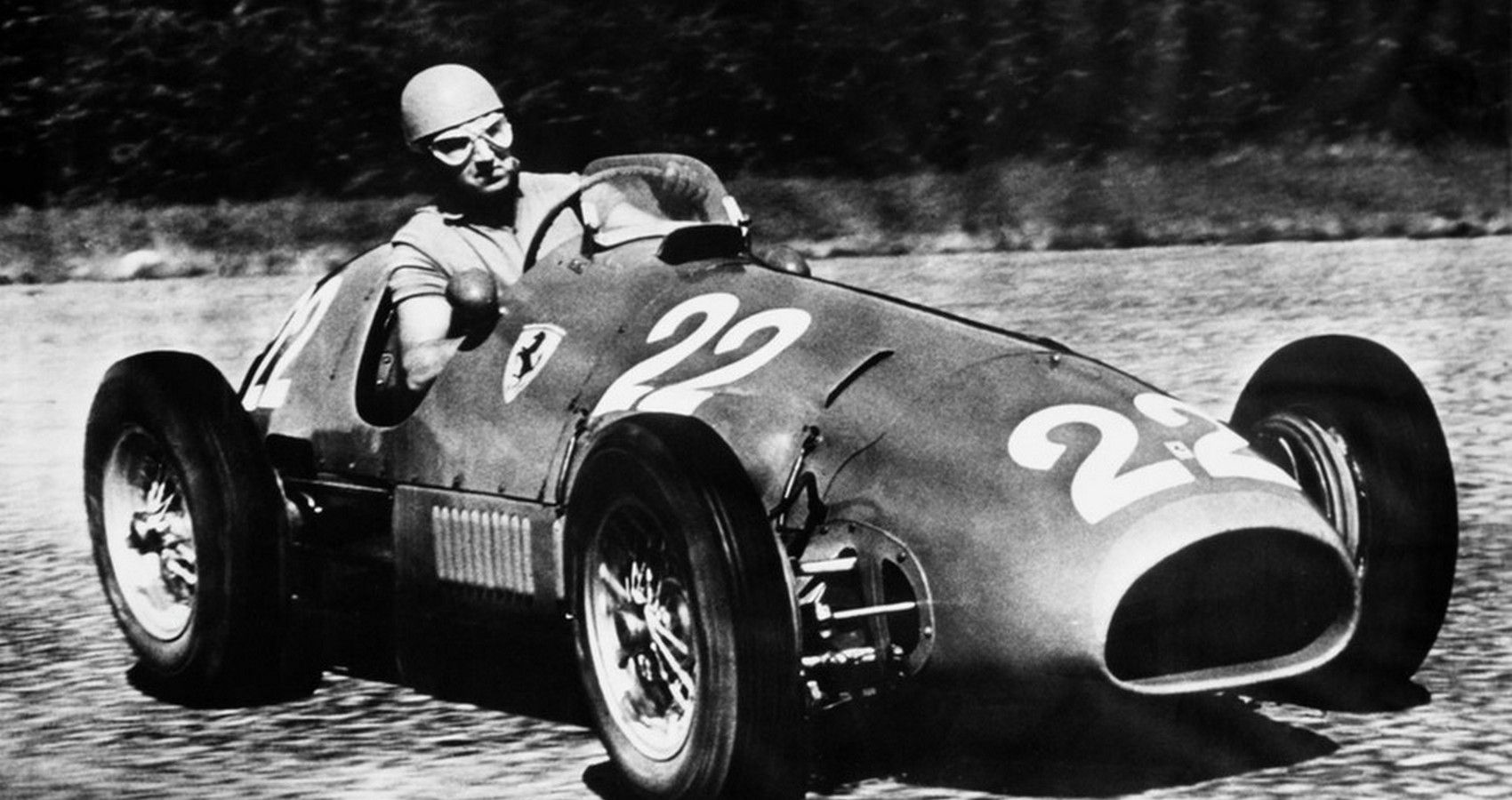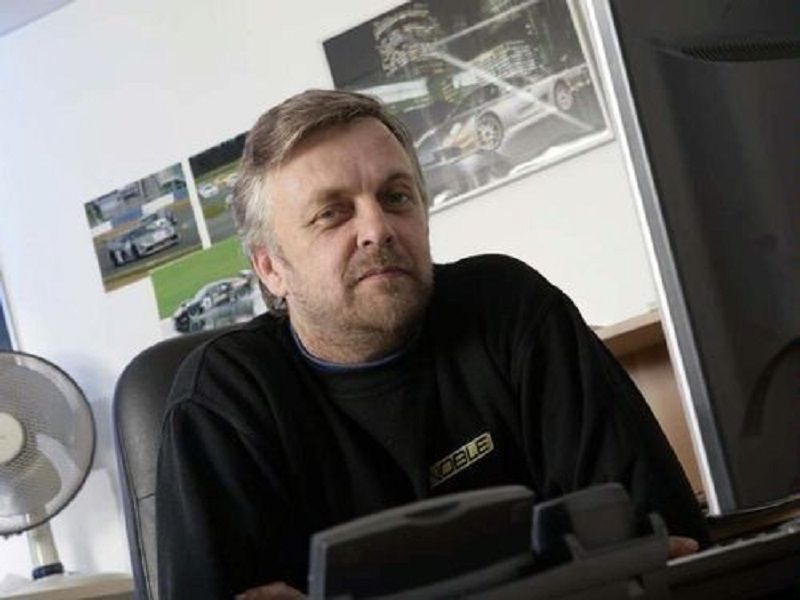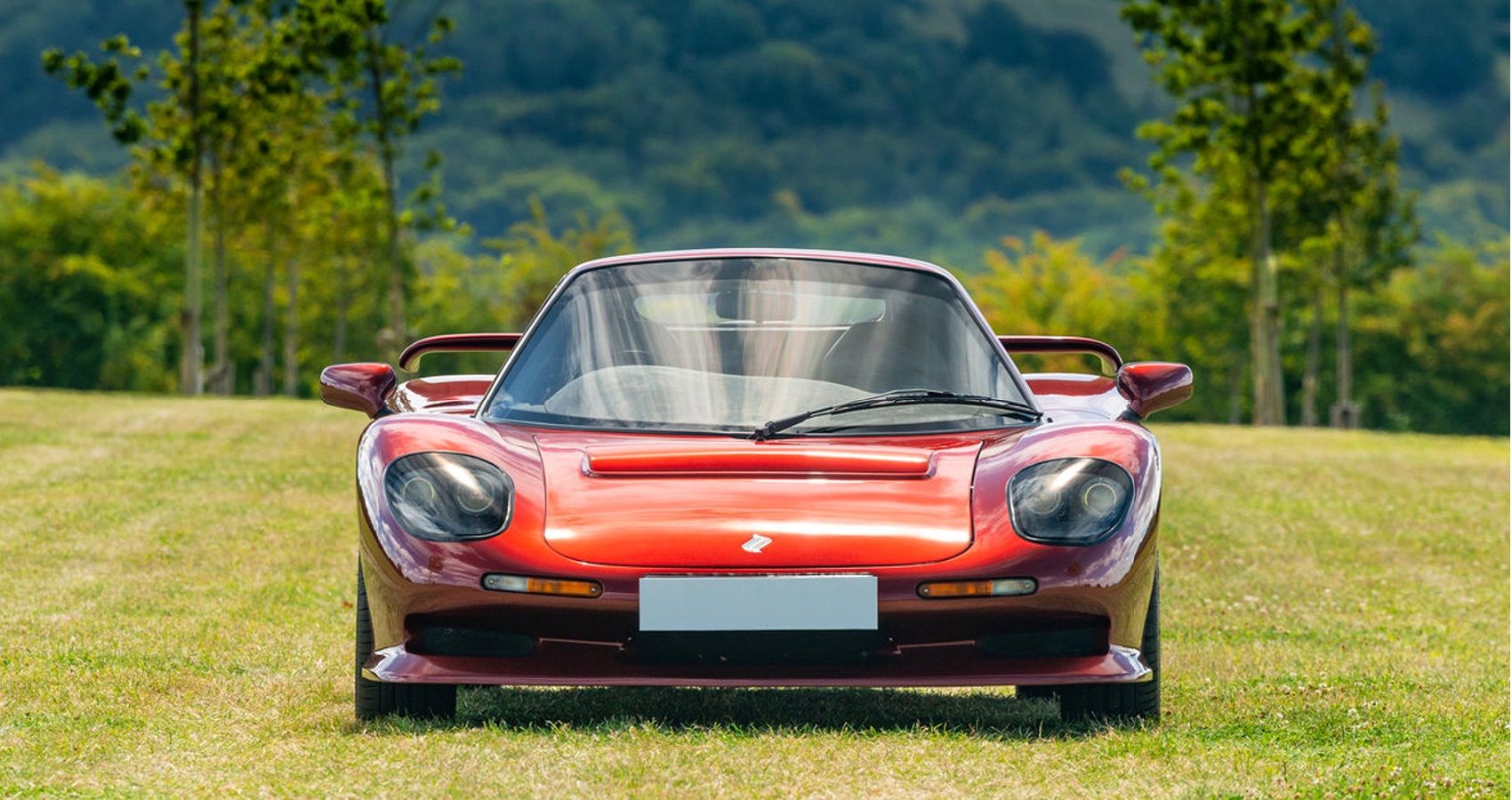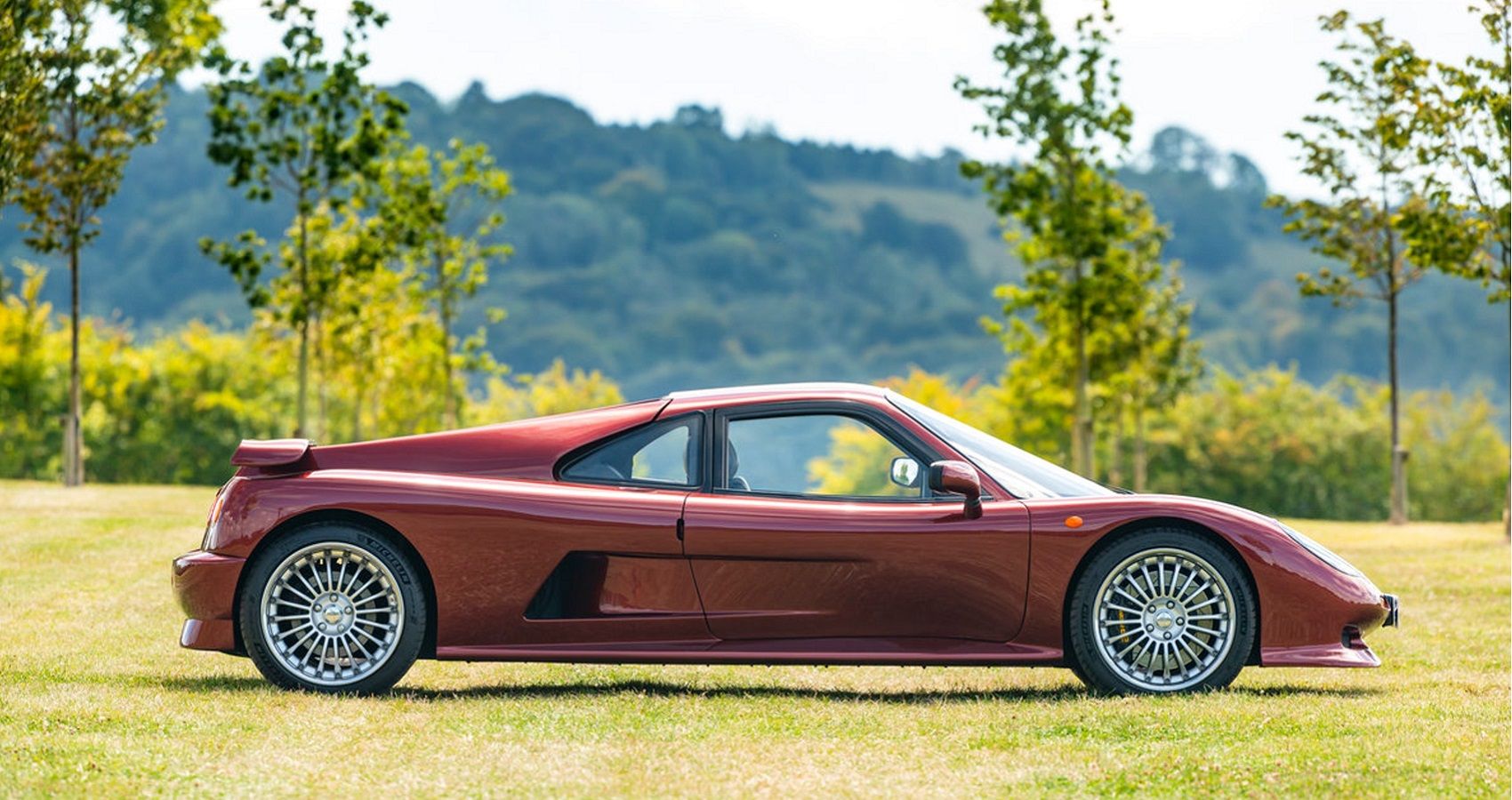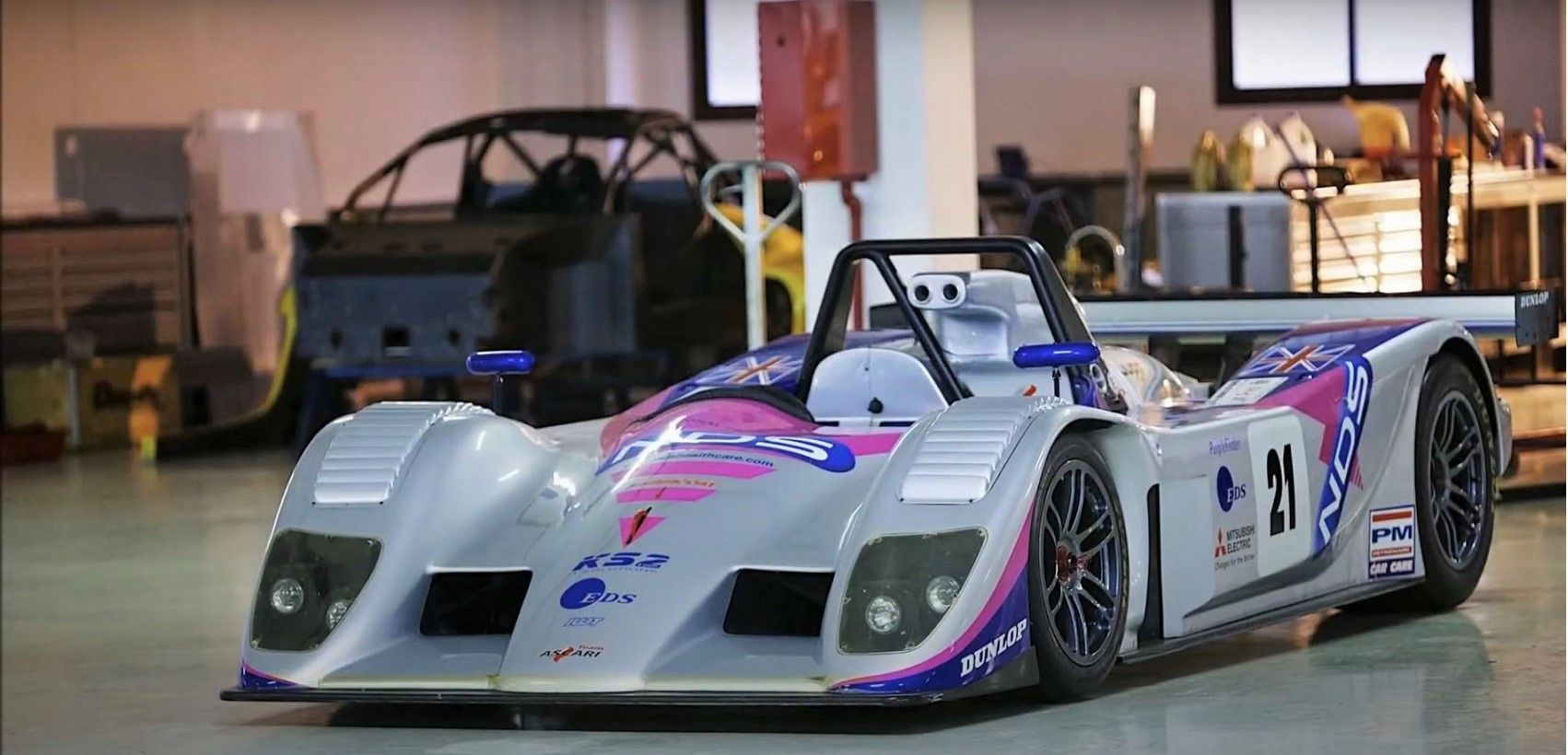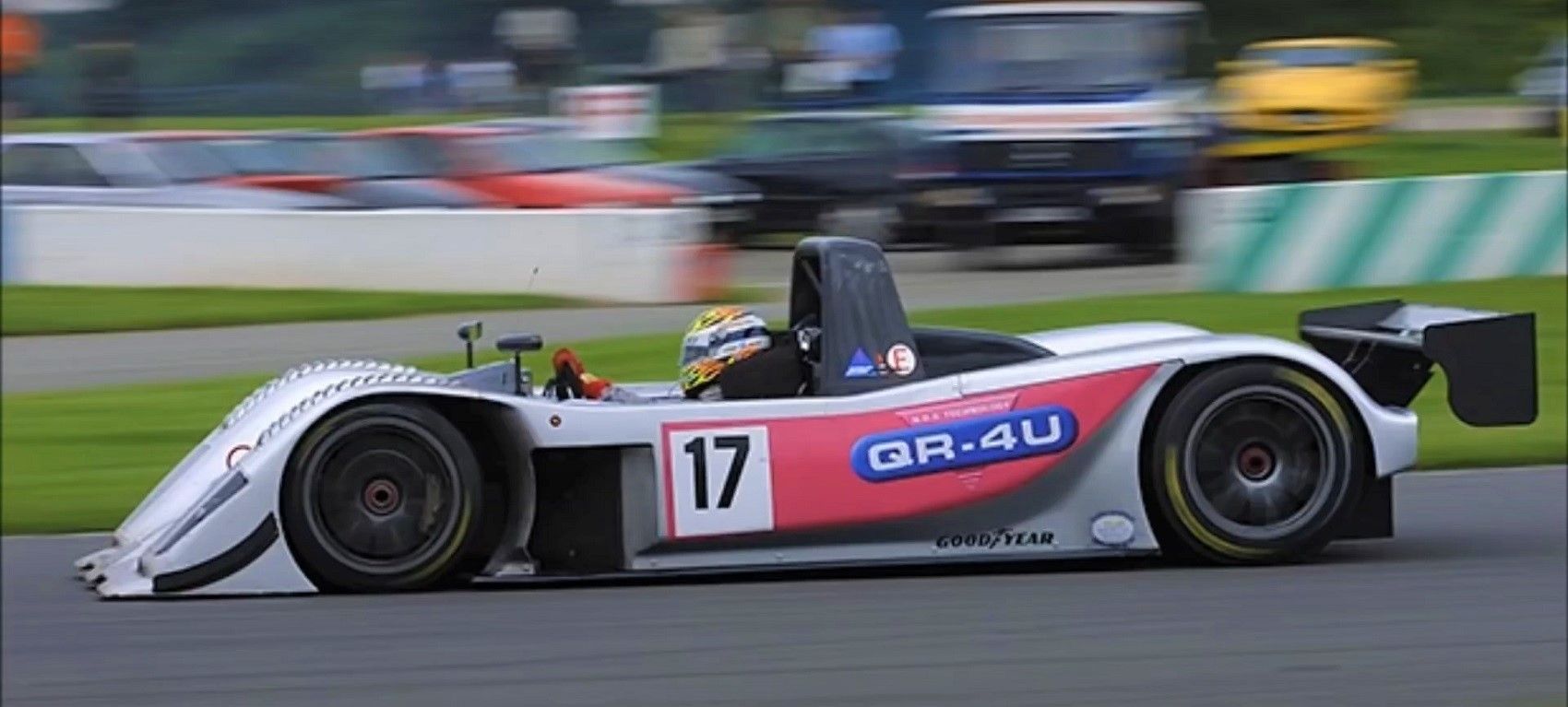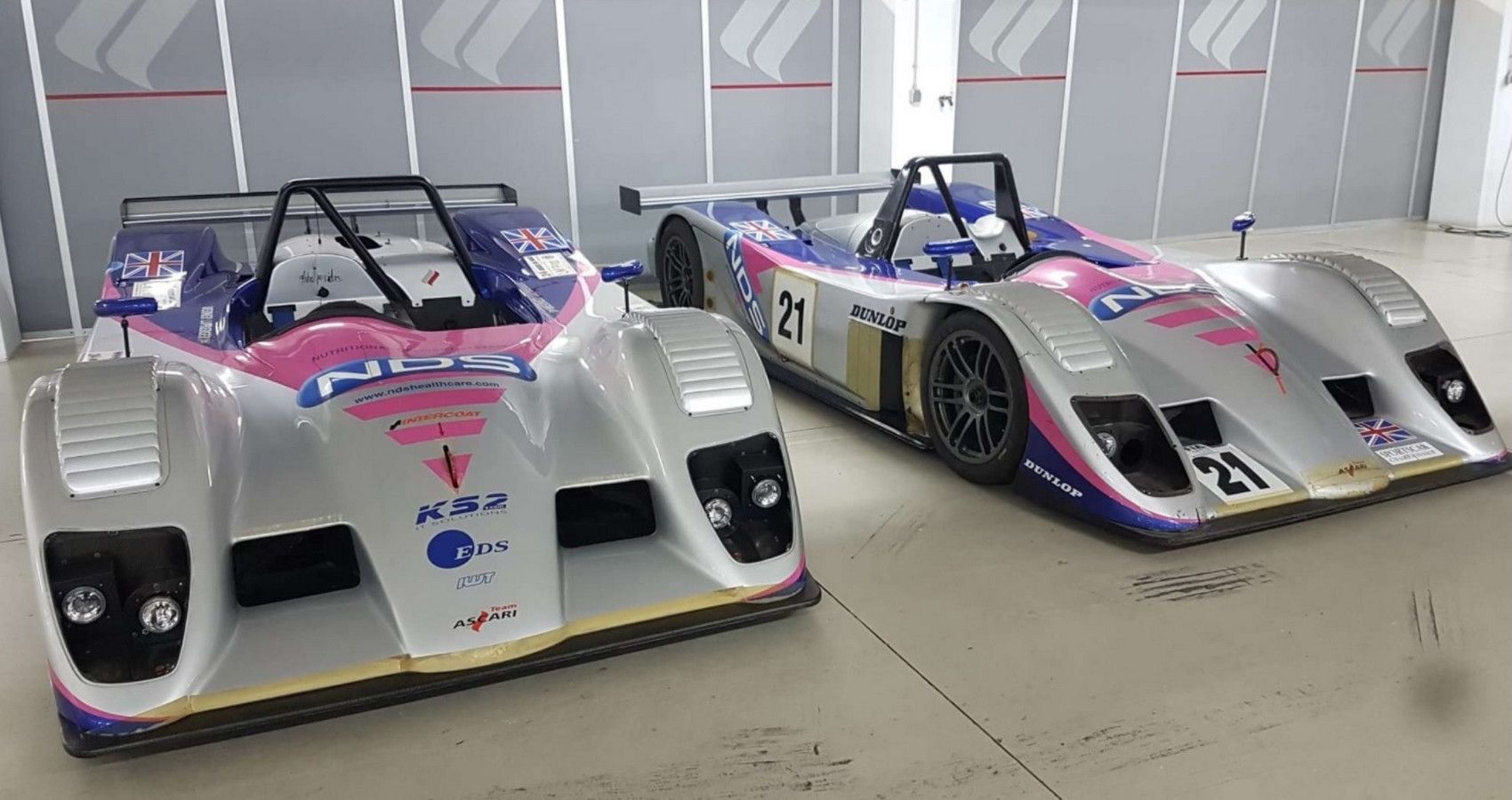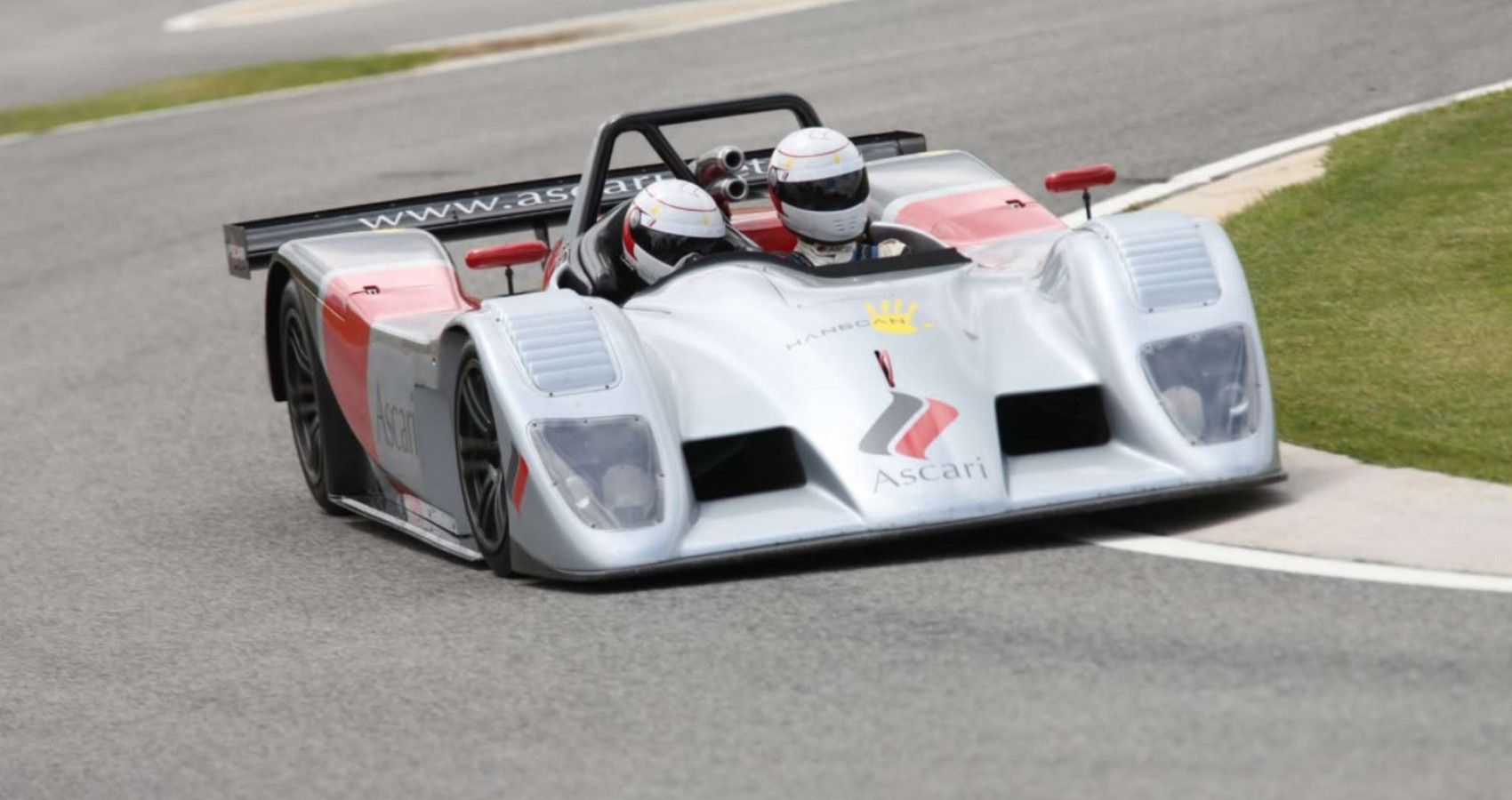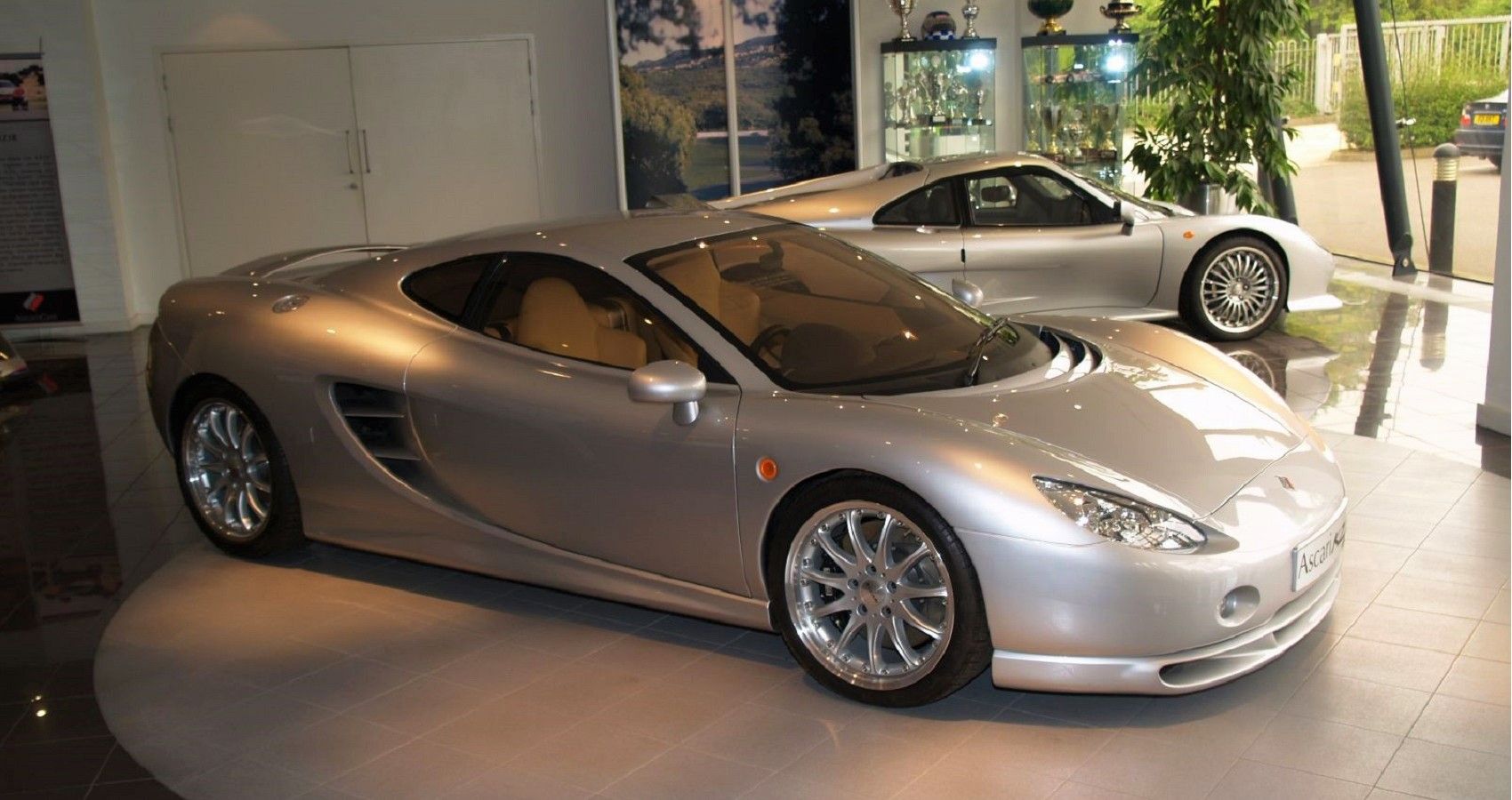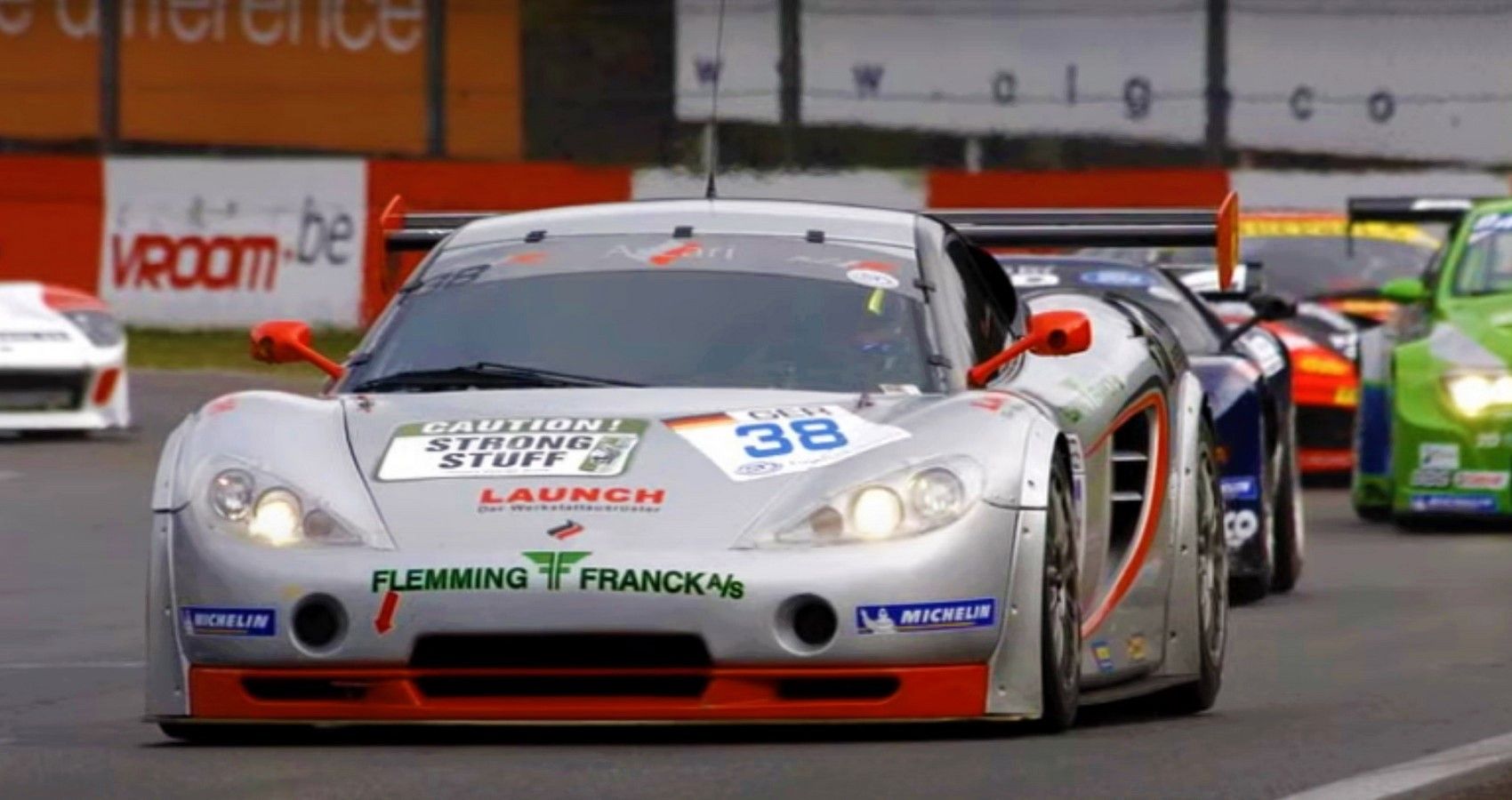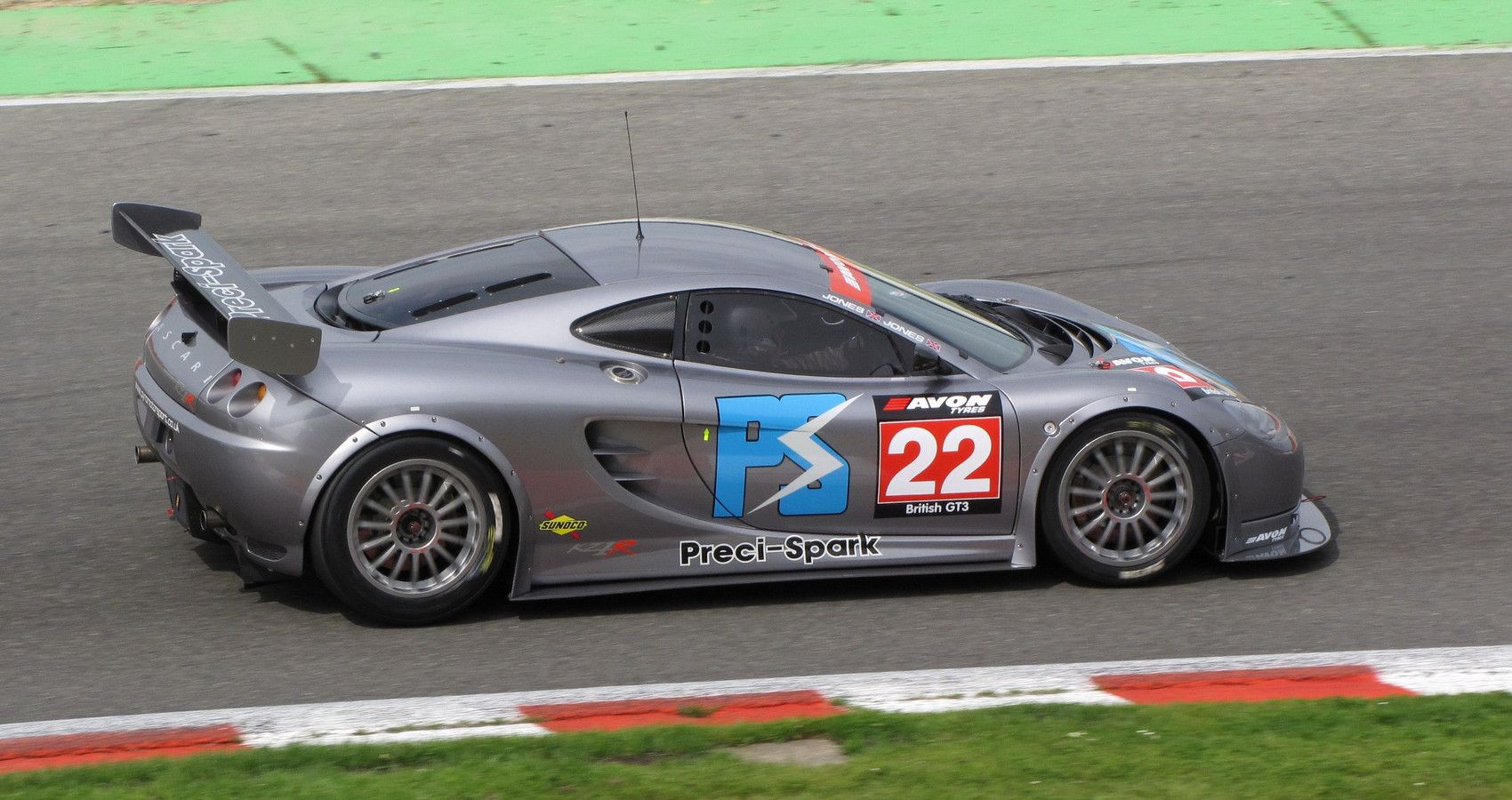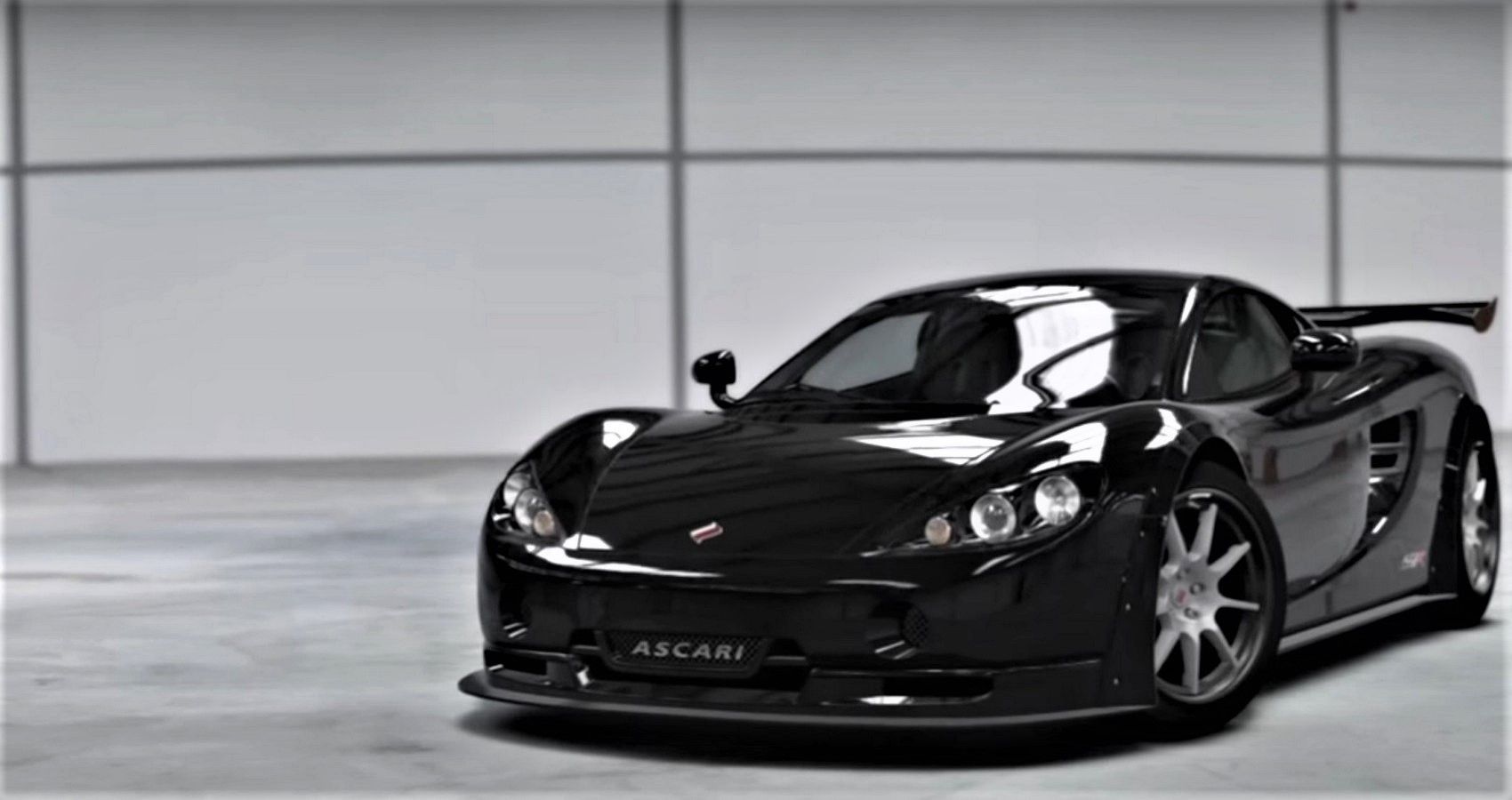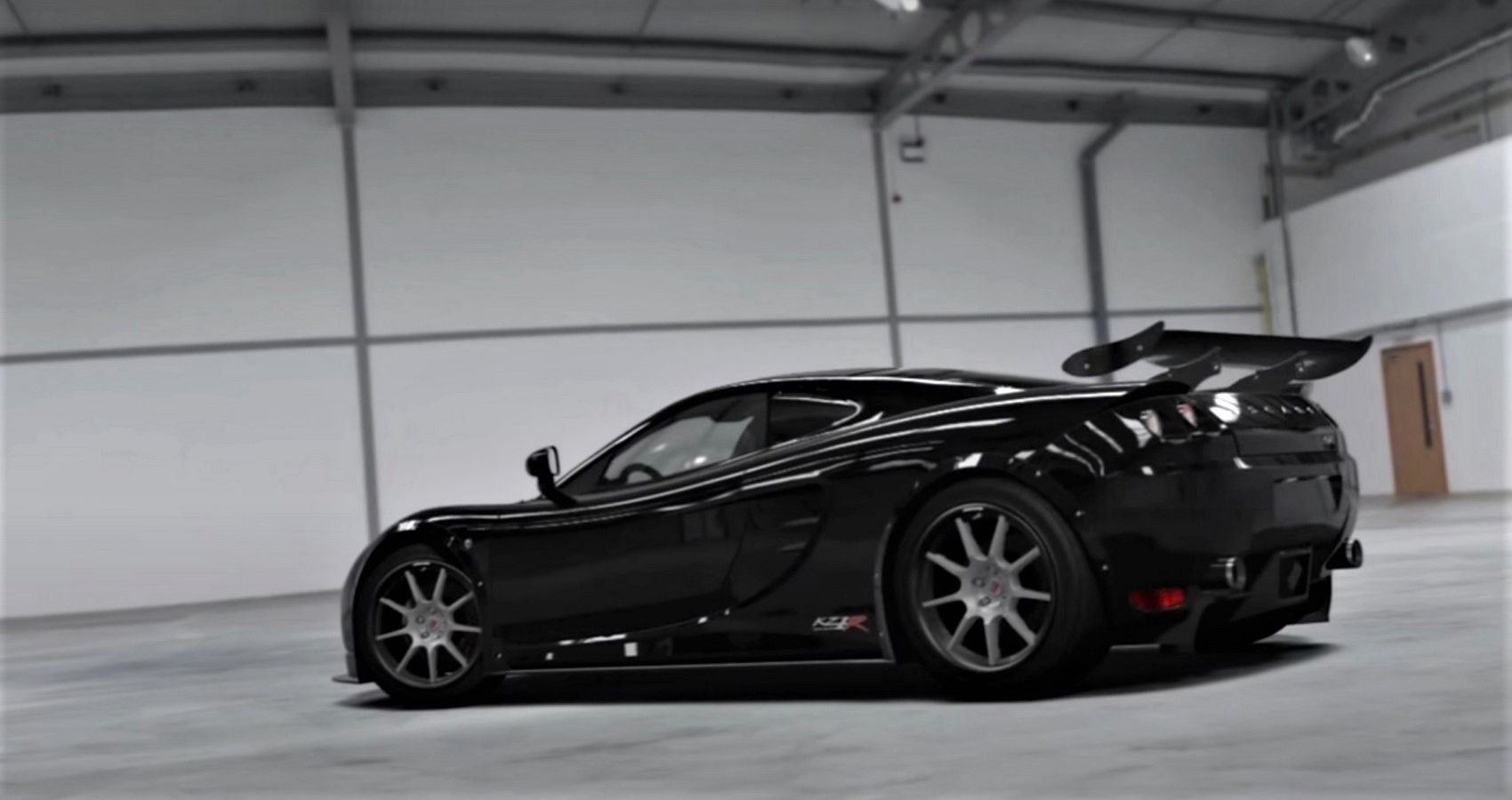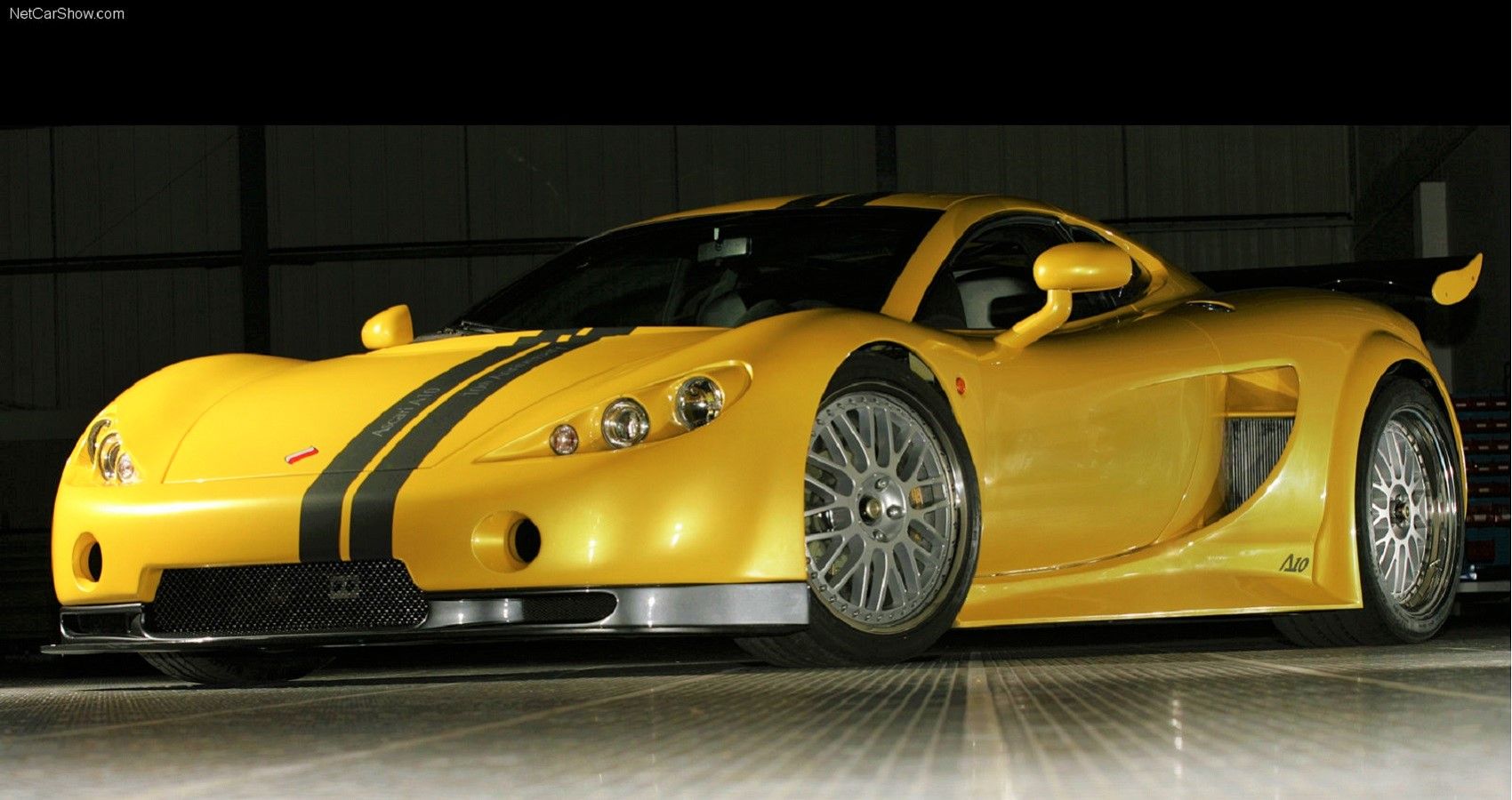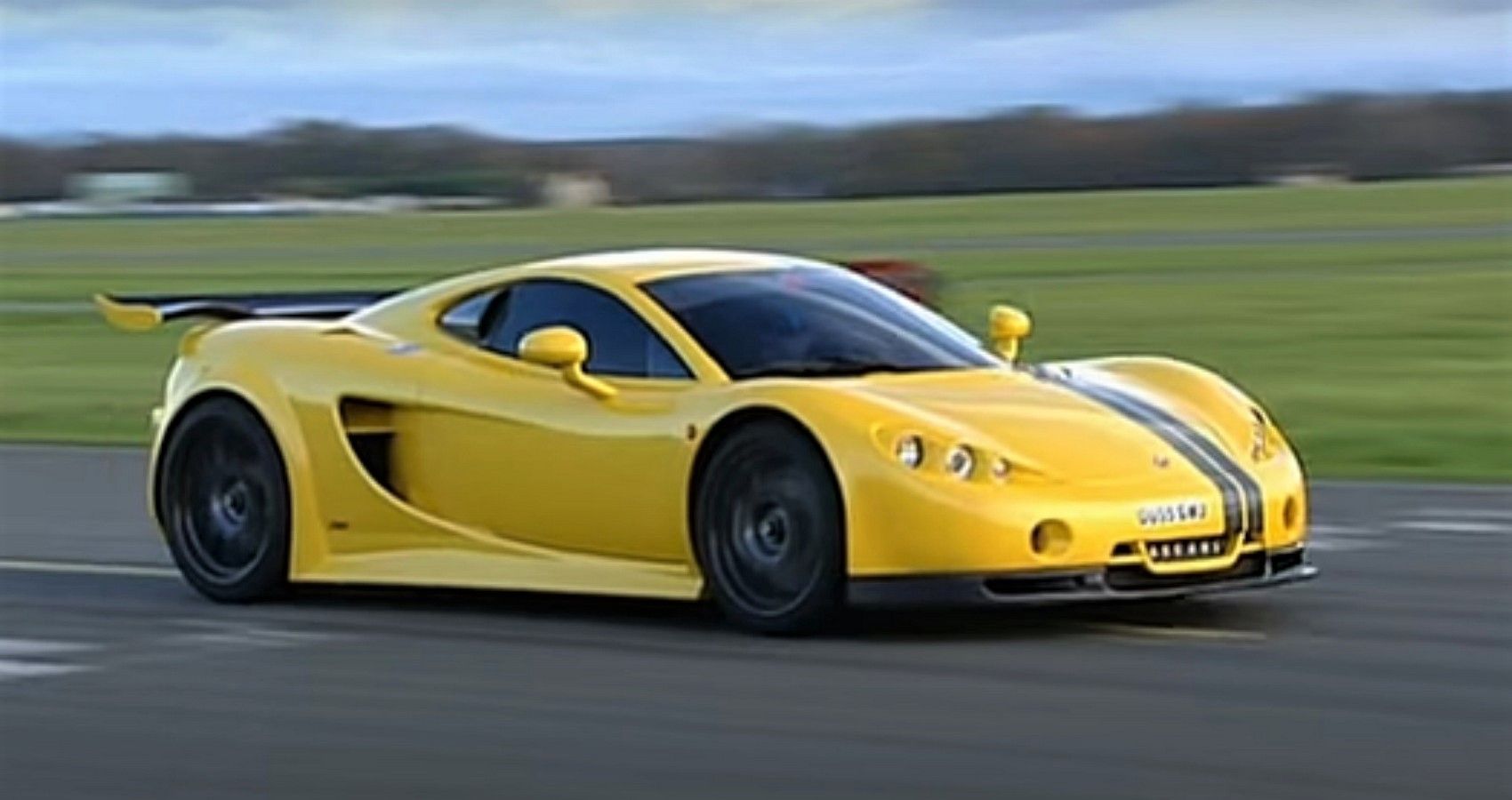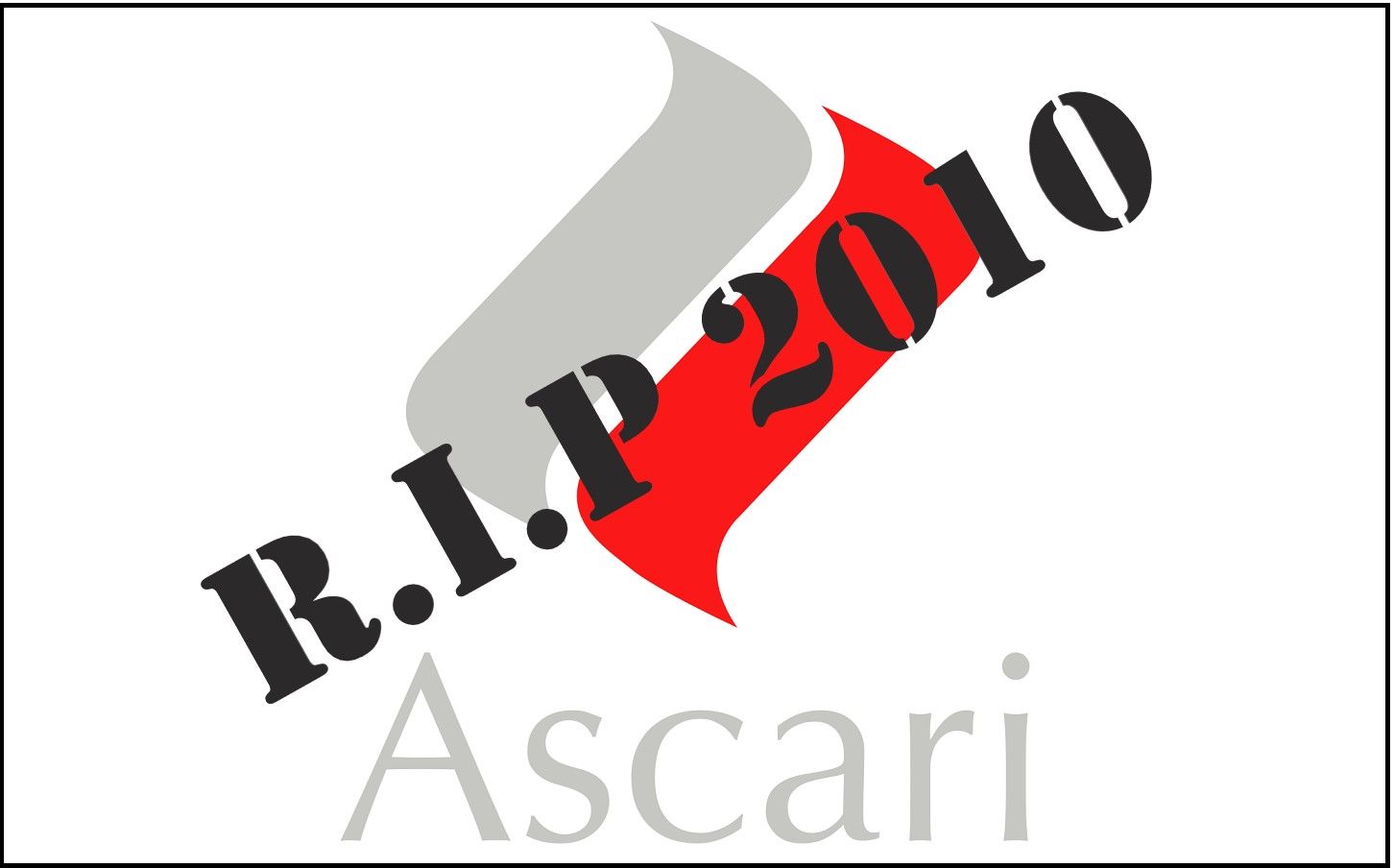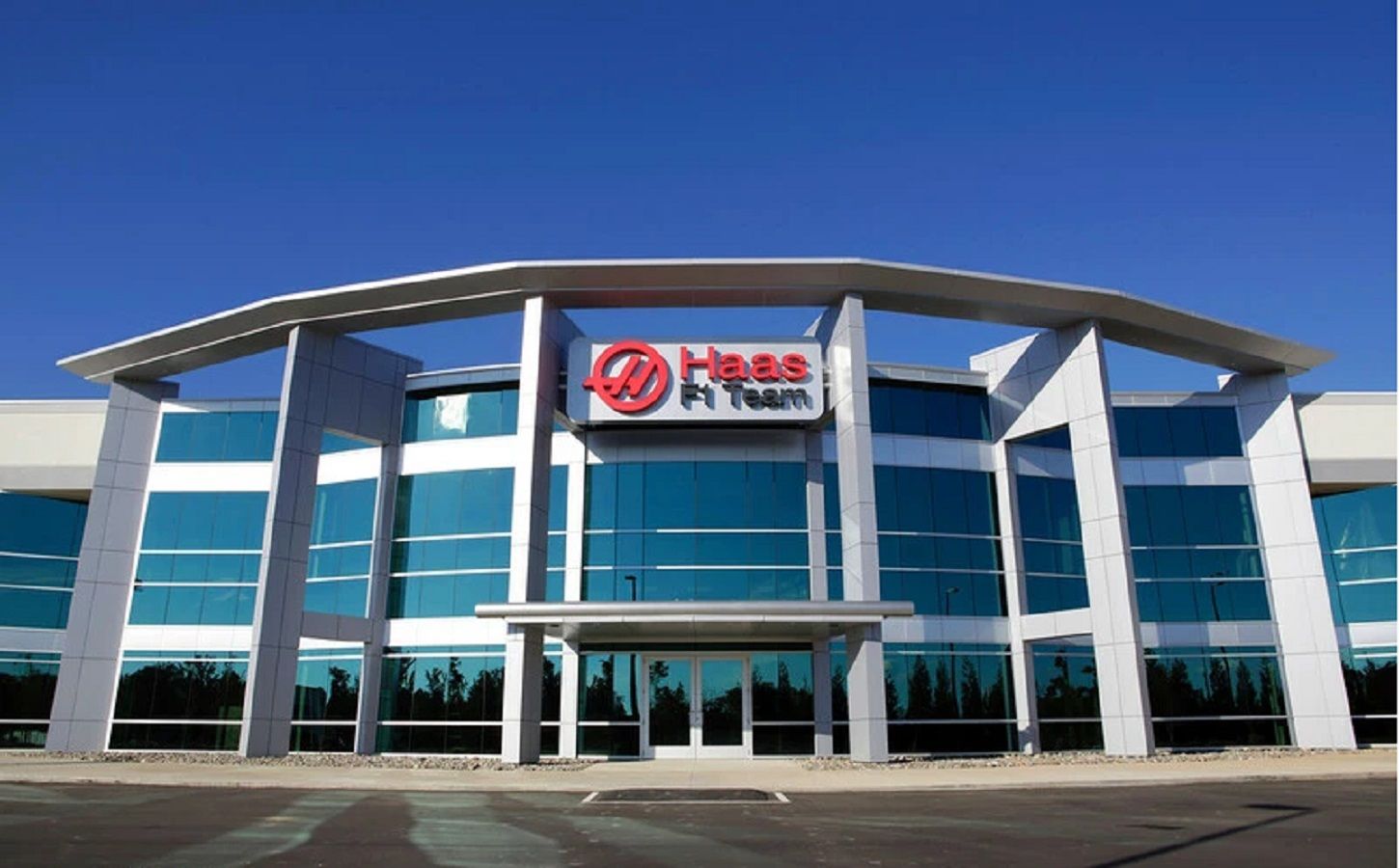Amongst a myriad of rare and defunct sports car manufacturers, one name stands out as both exotic and mysterious, the little known Ascari Cars. Despite a hugely promising initial design, it never quite reached wide-reaching success.
Racing driver turned carmaker Klass Zwart set-up shop in 1995, the first prototype essentially bought lock, stock and barrel from its designer in a semi finished state, however it was enough to get the ball rolling. Barely functional or flawed designs would be a bugbear with Ascari moving forwards, critics praised the unending "KZ" branded supercars as blisteringly quick, but also claimed they were frail and didn't justify their high asking prices. This poor reputation for quality and low production numbers meant most Ascaris barely made double-digit production numbers, making any Ascari a rare sight on either road or track. Gone, but by no means forgotten, here are 10 things we learned about Ascari.
10 Ascari Cars, It's In The Name
Forgetting for a moment the confusing "KZ" model names and getting back to the Ascari's roots, founder Klaas Zwart, an avid racing driver himself, looked back amongst history's greatest drivers, former F1 racer Alberto Ascari the inspiration for what became Ascari Cars.
There are dozens of racing greats with records aplenty, but Alberto Ascari has a few claims to fame that set the tone for decades to come. The first driver ever to win multiple world championships in 1952-53 with 13 wins from 32 starts, and remains one of only two drivers to win successive titles for Ferrari, the other being Schumacher.
9 Ascari FGT - Testing The Waters
Despite its branding, the Ascari FGT prototype is the work of another low volume UK sports carmaker. A regular sight at European motor shows throughout 1995 the FGT was created by Lee Noble, Ascari owner Klass Zwart buying the design outright, in the process founding Ascari Cars.
Envisaged as a prototype racer, the FGT contested the British GT Championship in 1995/96, resulting in a win at Silverstone, a less successful Le Mans entrance met with a failure to qualify. Transitioning from concept to racer, the FGT swapped from Chevrolet to Ford Modular V8 power.
8 1998 Ascari Ecosse - First Production Car
Positioning themselves as a low-volume specialist sports carmaker, Ascari effectively alienated its potential customer base. The 1998/9 launch of the Ecosse, essentially a modified FGT with a limited run of 17 cars, each costing a cool $150,000.
Utilizing a space frame chassis and all-wishbone set-up clad in lightweight fiberglass body, the Ecosse, building on the FGT's track ability, witnessed another power source change. Ditching GM/ Ford power for a BMW 4.4-liter V8 with Hartge tuning upping power output to 300 hp, resulting in a top speed of 200 mph.
7 2000 Ascari A410 - Le Mans Prototype
2000 saw the return of Ascari's racing program, swapping road-car based racers for Le Mans Prototype (LM900 class) based on Lola's T92/10 Group C racer. In place of earlier space frame chassis, the A410 instead used a carbon fiber monocoque, wishbone and push-rod design.
Under the hood, Judd GV4 4-liter V10 engines derived from Formula 1 designs, driving the rear wheels via a 6-speed sequential transmission. Entering the European Sports Car series, Ascari's A410 packing 600 hp contested 18 events with a sole victory coming at Donington Park in 2001, finishing a full minute clear of second place.
6 2002 Ascari KZR-1 - Updated A410
Breaking cover stateside in 2002, Ascari's KZR-1 was just badge engineered version of the A410. Team Ascari met with little success, in the ALMS Team series throughout 2002 entering 7 races failing to finish on every outing, the KZR-1 amassing 19 points ending the season in 10th place overall.
Once again Ascari made another powertrain change, swapping from European spec Judd V10s to a more compact BMW 4-liter V8. In 2003, both KZR-1 chassis A410-001/02 returned to the FIA Sportscar series with a season best of 2nd at Monza. The demise of Ascari gave rise to an interesting proposition, anyone with race-team owning dreams could bid on the entire racing team back in 2021.
5 2003 Ascari KZ1 - From Track To Road
By Ascari's standards, selling 50 KZ1s was a remarkable success considering a high sticker price of $400,000 and questionable build quality. Early production cars suffered from poor fit and finish along with suspect electrics, added to which UK customers were expected to accept left-hand-drive as standard.
Quirks aside, this was a genuine dyed in the wool British supercar boasting an all carbon-fiber build process, a BMW M62 V8 kicking out 500 hp mated to a racing spec Clima 6-speed manual resulting in a drag to sixty in 3.7-seconds.
4 2005 Ascari KZ1R GT3 - Back To The Track
Around the same time Ascari rolled out the KZ1 road car, the racing bug had bitten hard again resulting in the KZR-1 GT3, more of the same, only the issues that made customer cars a chore to driver were a bonus on track. Cosmetic changes to the aero package saw the introduction of a deeper front splitter, wider arches housing bigger tires, the makeover finished off with a fixed rear wing.
Once again, BMWs S62 5-liter V8 was specified, a reworking of the ECU and intake/exhaust system produced 520 hp at a lower 7,000 rpm with torque figures remained unchanged. Over 6 seasons (2006-10 & 2014) the Ascari KZR-1 GT3 claimed 17 class wins from 150 starts, 73% of which resulted in failure to finish.
3 2005 Ascari KZ1R - Road Version
Success on track could only lead to one thing, in 2005 a road-going version of the GT3 racer complete with mandatory fixed rear wing, bulbous bodywork and deep front splitter, in effect near identical to the track car.
With the same engine and transmission set-up you'd expect the KZ1R to be just as quick, however road-spec cars with 520 hp on tap were quicker, sixty needing just 3.3-seconds at the expense of lower top end performance down to 199 mph.
2 2006 Ascari A10 - From Fifty To One
Saving the best until last, in 2006 owner Klaas Zwart rolled the dice one more time. Gambling on a heavily revised KZ1-R GT chassis, the Ascari A10 featuring a 4.9-liter 625 hp BMW S62 V8 engine claimed to deliver a top speed of 220 mph. Utilizing the KZ1's carbon fiber chassis, a new Paul Brown designed body incorporating an FIA-spec roll cage, resulting in a total weight of 2800 lbs.
Despite the A10s impressive weight and performance, only one example was completed out of an initial planned limited run of fifty cars, the sole example finding its way into Klaas Zwart's private collection.
1 Ascari Cars, The End Of A Dream
With a dizzying array of randomly named sports and racing cars, Ascari Automotive never achieved the level of success it deserved, under Klaas Zwart' leadership the brand lacked direction, with cars rumored to cost more to build than their list prices, the end almost guaranteed coming in 2010.
Ascari Cars might have joined the ranks of defunct carmakers, however a little of the brands' reputation lives on, the former Banbury factory now plays home to the Haas Formula 1 team. For the more adventurous gearheads with deep pockets, Ascari resort hidden away in the Spanish hills provides a heady mix of track thrills and luxury accommodation.

